Description
The Air Element Ring
Silver or gold handcrafted ring with a TSURU a Japanese Crane symbol on both sides and an ancient Japanese Warrior emblem of Haboki (feather brush) on top.
Embrace the WAY OF THE STRATEGY and win ANY BATTLE in your life.
Learn to rely on yourself and Find the courage to examine the dogmas, disillusions, and hindrances in your life-embrace the ability to see the Bigger Picture or the Grand scheme of things on your voyage.
The inspiration and design of this ring came from The Book of Five Rings “Go Rin No Sho” an ancient book about strategy, war tactics, the philosophy of the Bushi / Samurai warrior, and the mastery of the sword, the kejutsu. It was written by the legendary 17th-century samurai Miyamoto Musashi.This book exceeds the realms of martial arts and is used also for business strategies and the management of conflicts in different fields. You can use the different concepts in this book in your everyday life.
Musashi’s “no-nonsense” approach throughout the text basically focuses on the one thing that’s important-reaching your goal.
The book itself is divided into five different sections that are symbolized by The Five Rings- a concept derived from Buddhism (where for example consciousness or perception being described as “water”- being changed and taking form according to its container or vessel).
Many believe that the strategies in this book developed among the people of Japan, and especially the Japanese leadership, have brought them the same spirit and approach that enabled the competition with the west in the fields of technology and economy.
The Air Element Book focuses on the different aspects traditions and teachings of the other Dojo schools or actually shreds to pieces the ideology and concepts of the different schools that existed during the time of Musashi in Japan. In the same manner that the wind indicates something which is not visible and sometimes can be used as a metaphor for something that is not tangible, so does Musashi relates these teachings to something that doesn’t reflect the true way of Strategy. Musashi counts the different techniques such as footwork, sight, or the use of a long sword and a short sword, and explains how these techniques or actually relying and focusing on such trifles as different methods of footwork can become an obstacle and might become a serious hindrance during battle. Musashi stresses that the true way of the strategy is observing everything and have the ability to see and perceive the bigger picture.
The wind book, therefore, focuses on the past and on lessons that were learned on the battlefield itself. In our life, we encounter many ideas, methods, and concepts from different fields that are based on belief systems, strict doctrines, and focus on narrow aspects.
Musashi examined all these perceptions and debunked these false concepts when he examined them in reality. The wind is not just a metaphor for these traditions but perhaps a metaphor for the white noise that surrounds our lives and leave us straying away in the fields of misconceptions. Musashi understood the importance of examining the past and its ancient traditions in order to understand and learn from our own mistakes and the mistakes of others since this is also an important source of knowledge.
Despite all of what been said above , Musashi knew that these techniques and strategies didn’t come out of nowhere and that one has to study these ancient techniques in order to understand his opponent, in other words one must have the basic understanding of these alternate techniques, in order be able to learn Ni Ten Ichi Ryu (Musashi’s school of the strategy of ” two heavens as one”), probably for reasons of finding the wrongs in other techniques, and righting them within himself in his Ni Ten Ichi Ryu., and also in order to find the reasons and logic behind many of these traditions; for example for an outsider the ceremonial preparations before a duel and the positions of the opponents might look tedious , but even the way one holds a sword at the beginning of a duel has great significance. When the warrior raises the sword and holds it firmly with his upper hand near his ear and his lower hand near his mouth- his rival cannot see the length of his blade.
Musashi perspective about tradition can be studied in this next story.
After defeating the Yoshioka brothers at the age of 21, their disciples challenged Musashi to conduct another duel. Musashi knew that their real intention was to assassinate him, but he had no choice, it was a matter of honor, and therefore he accepted the duel though he knew that he had little chance to survive. On his way to the duel, he decided to stop at a Shinto shrine and pray to the gods. He wanted to send his prayers to Hachiman the tutelary of the warriors and protector of Japan.
The term Shinto means “way of the gods” and a Shinto shrine is a place for a dwelling of the gods, which usually can be found in nature since many of the Japanese gods are spirits of nature. As Musashi approached the shrine he suddenly realized that he had never relied on the help of the gods and that there was no reason he should start now, so there and then, while he knew he had to fight for his life he decided to rely upon himself. He went back to the shrine and thanked the gods for his realization.







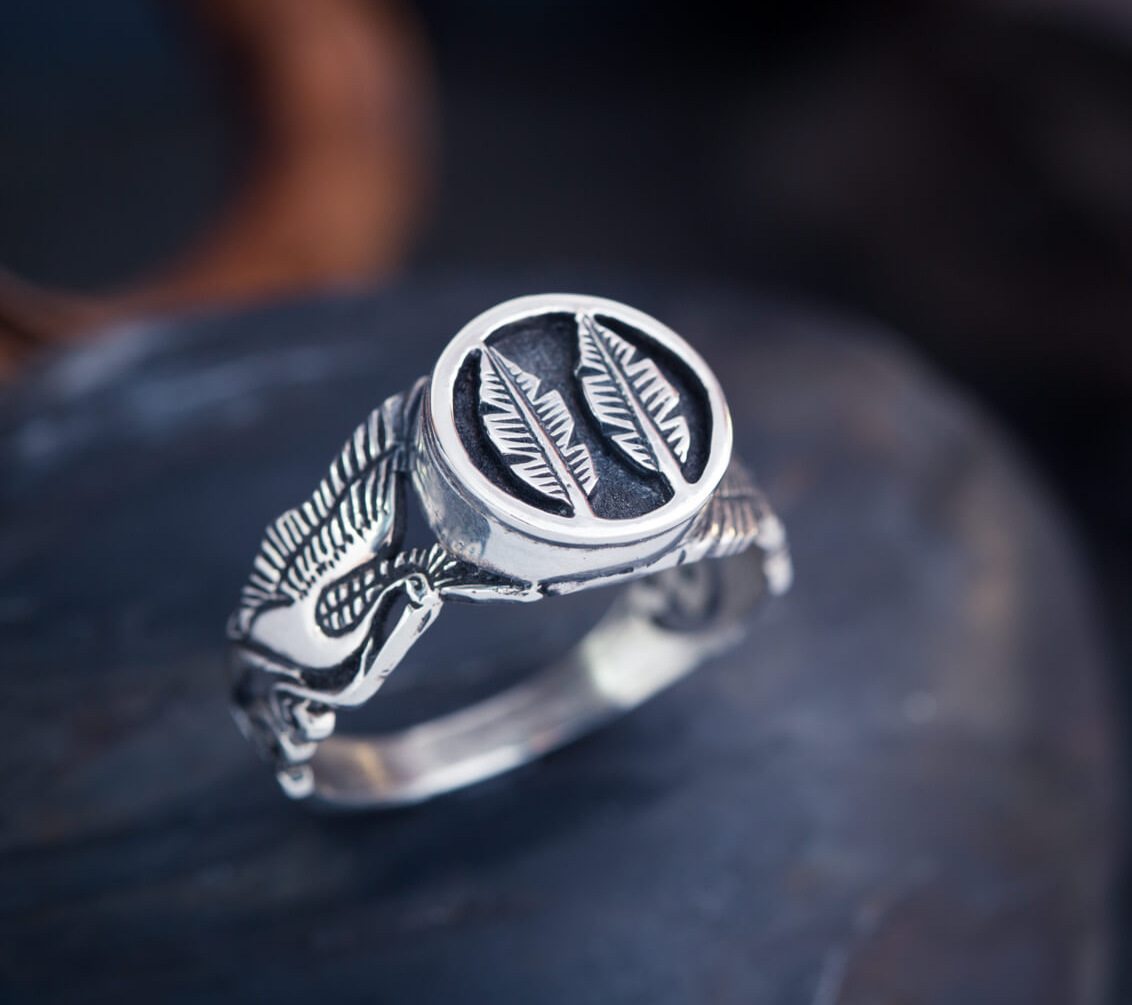
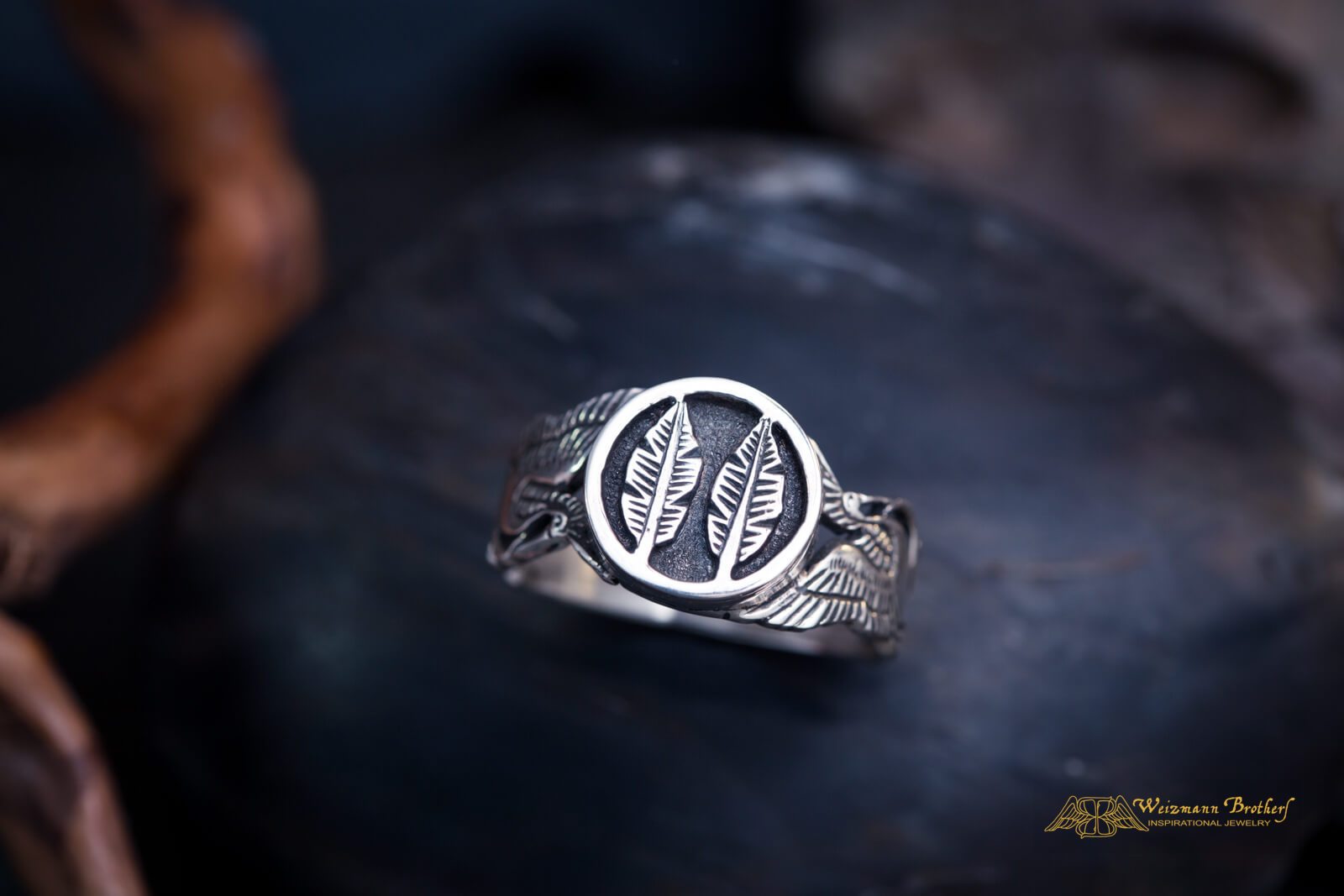
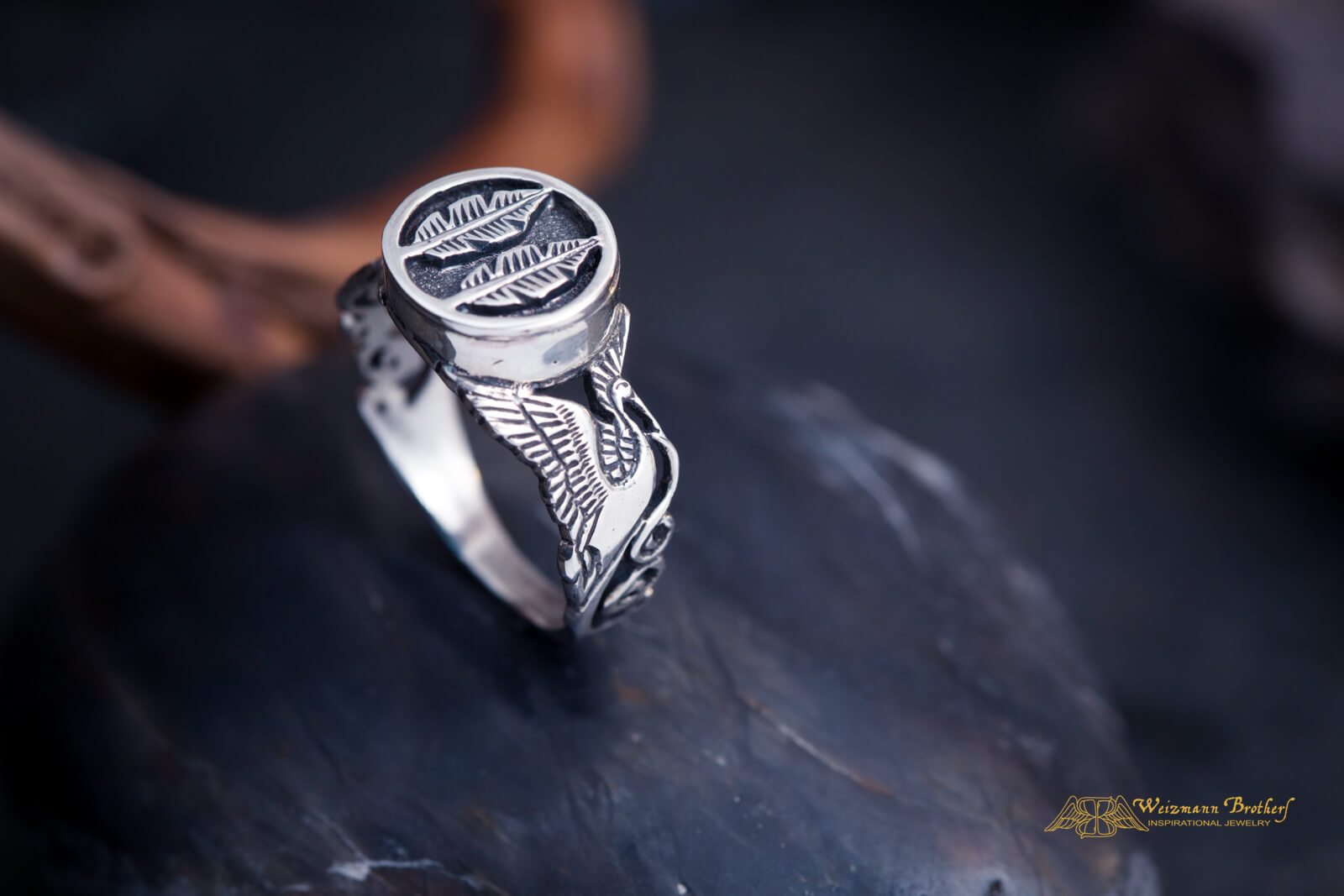
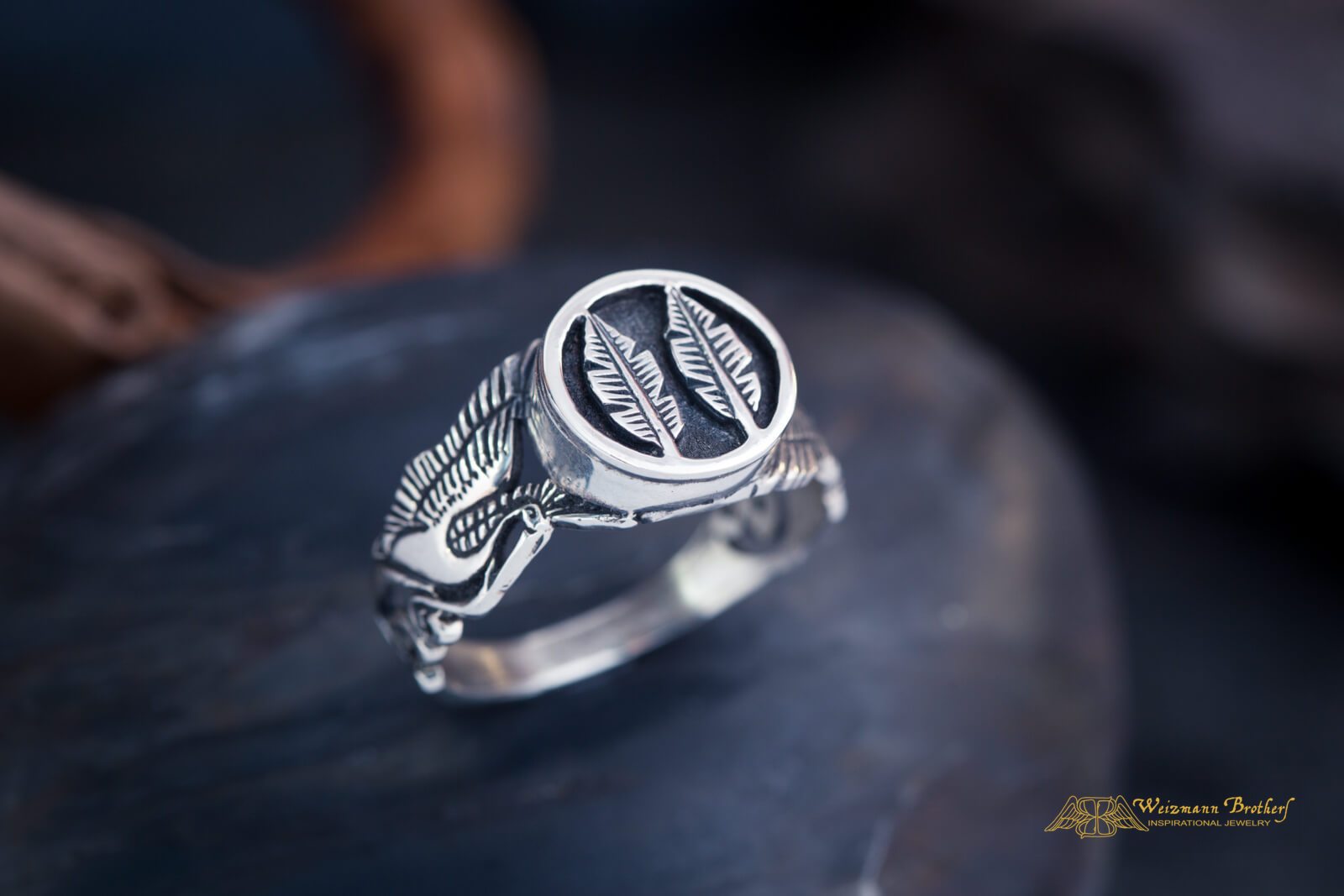
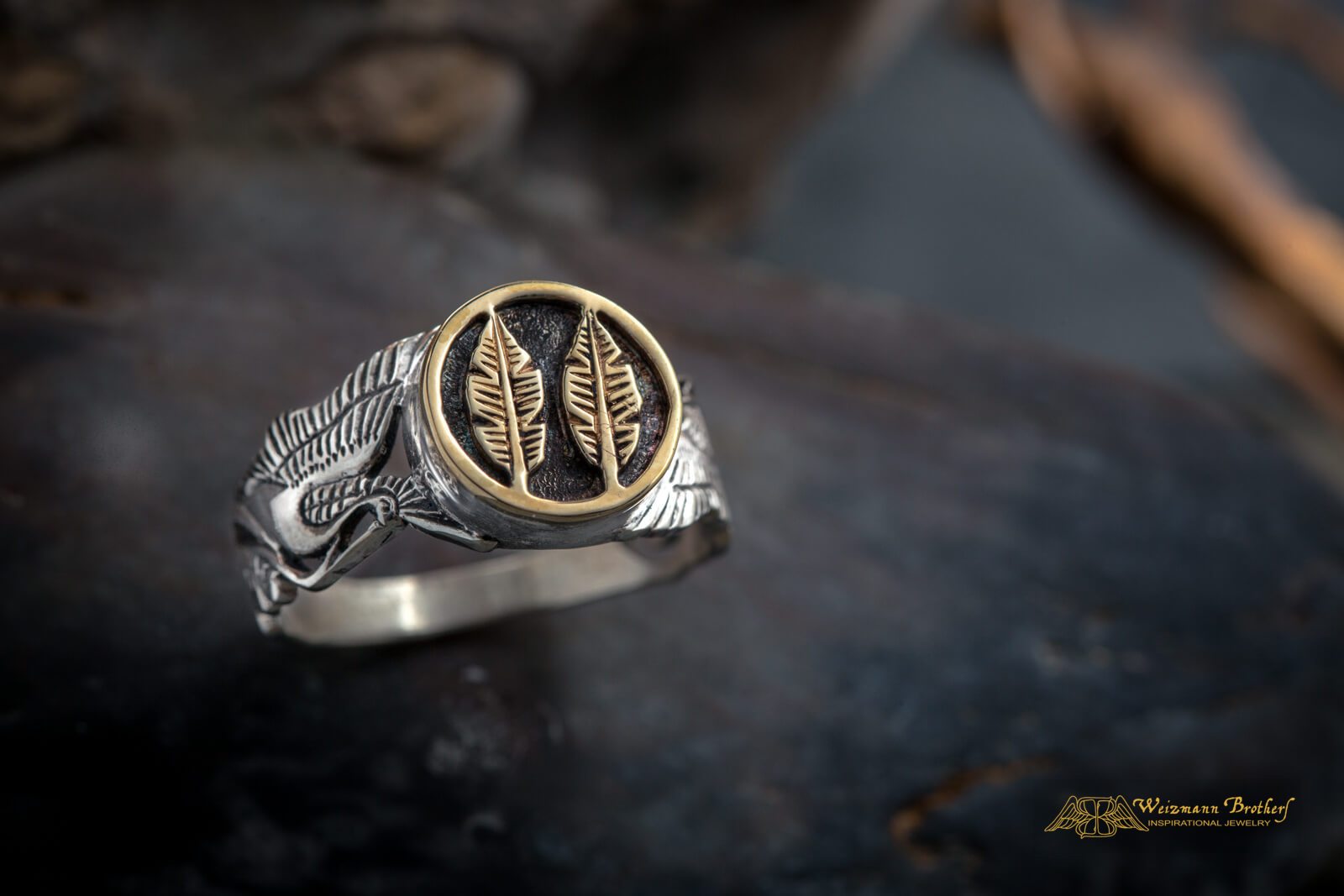
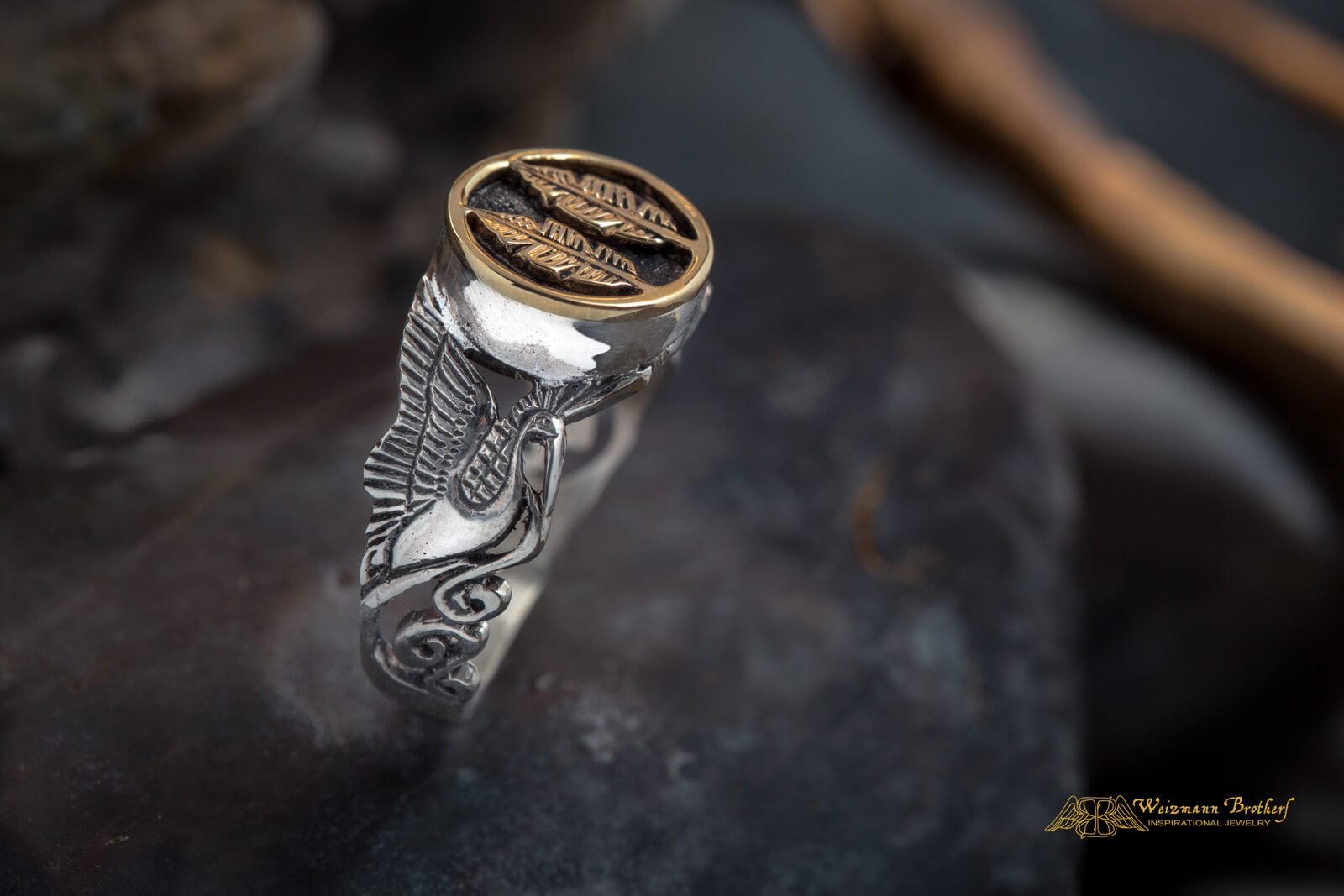
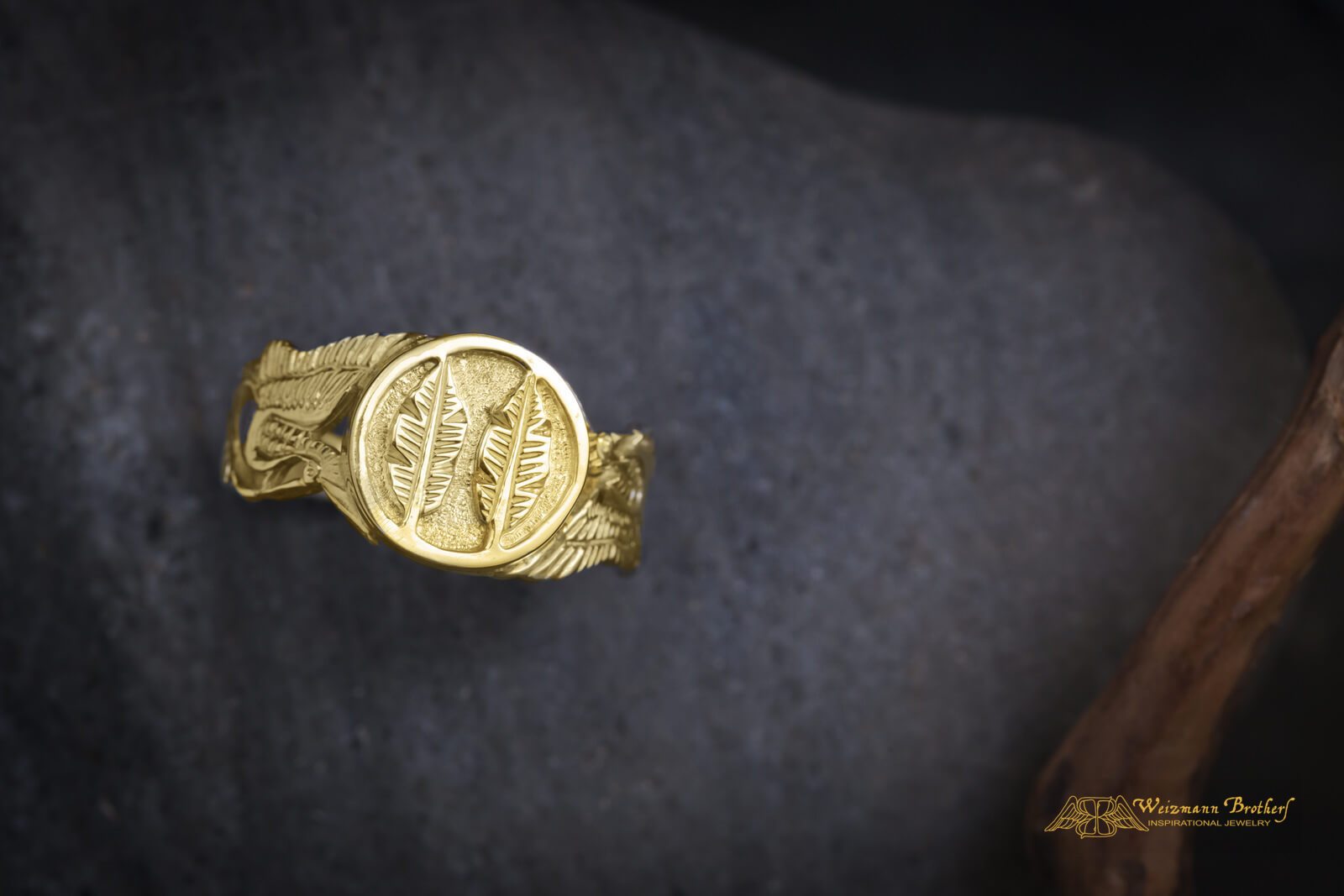
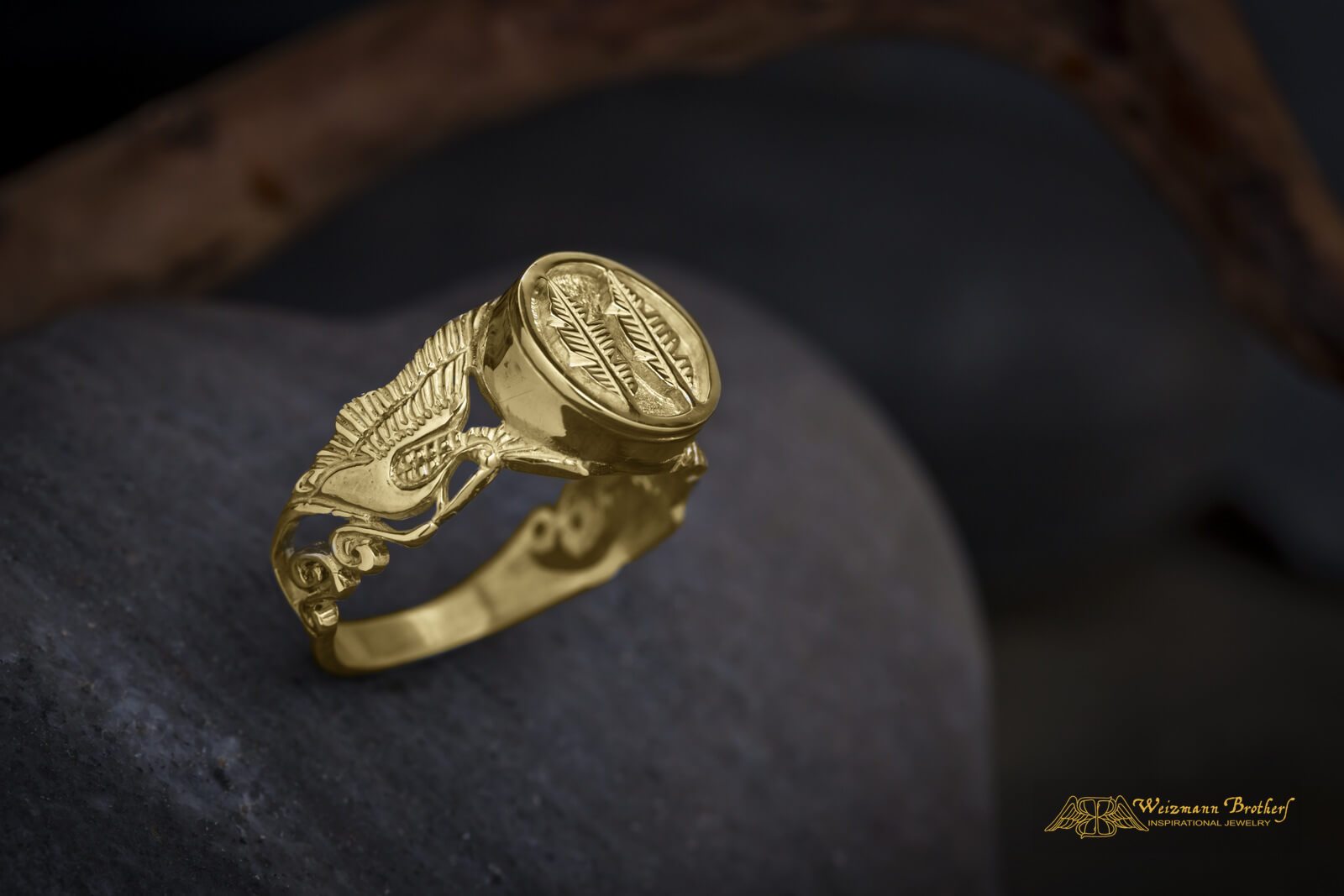
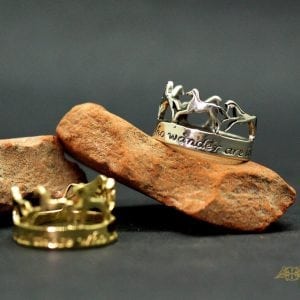

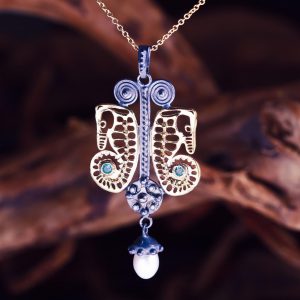
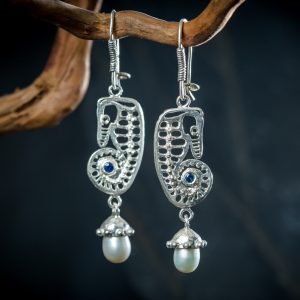

Reviews
There are no reviews yet.